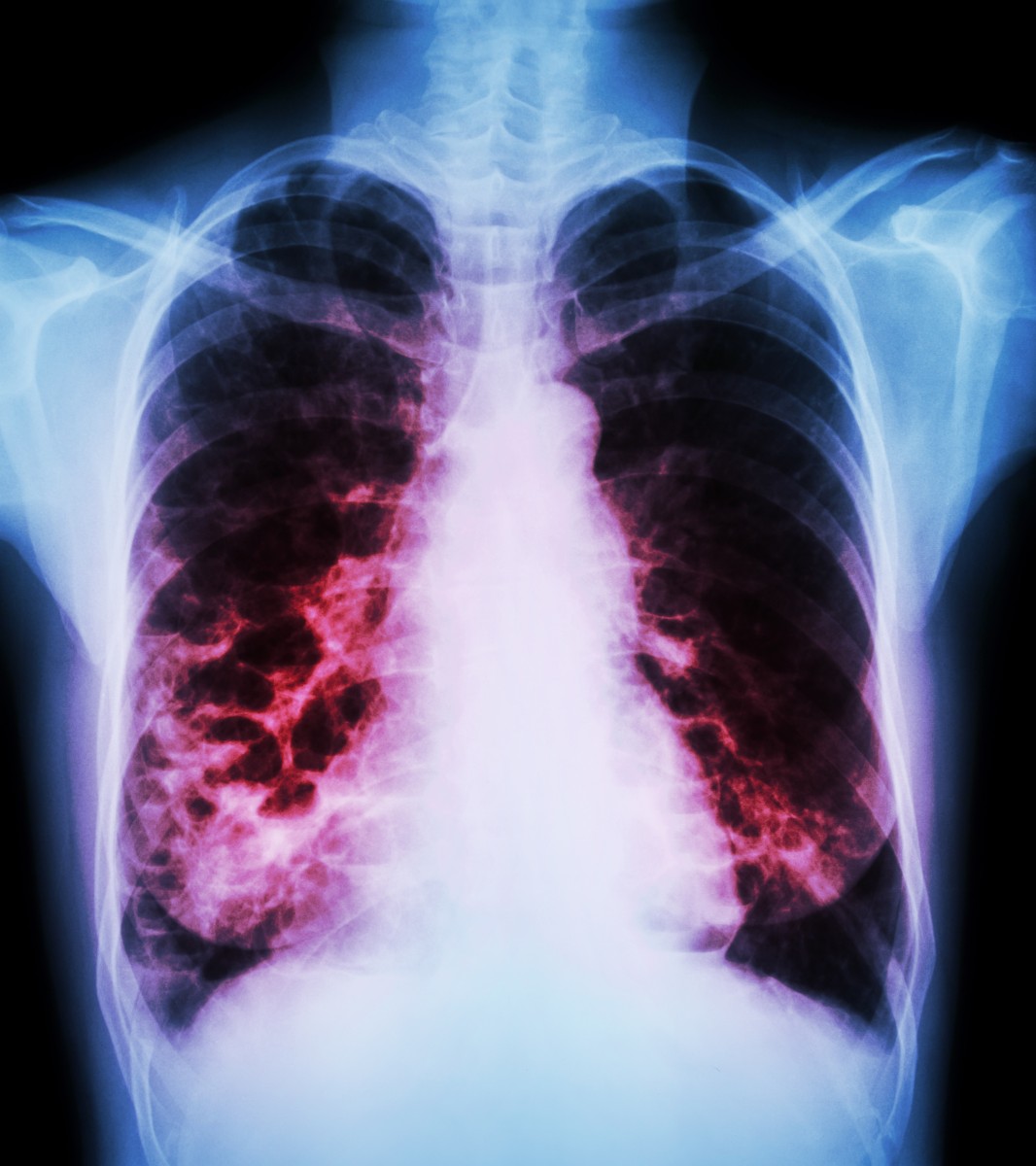Rare Case of Diffuse Bronchiectasis Caused by Sarcoidosis, Researchers Conclude

Endobronchial sarcoidosis can cause diffuse bronchiectasis, as demonstrated in a recently presented case report of a 50-year-old patient. To cover for the possibility that bronchiectasis was caused by endobronchial sarcoidosis, a research team suggested that a bronchoscopy and a tissue sample from inside a bronchus should be included in bronchiectasis evaluations, leading to the conclusion in this unusual case.
Results from the study, “Diffuse Bronchiectasis as the Primary Manifestation of Endobronchial Sarcoidosis,” were presented at the CHEST 2016 Annual Meeting in Los Angeles, Oct. 22-26.
While bronchiectasis is a common feature of lung sarcoidosis, the most common scenario is that a patient has traction bronchiectasis — dilated bronchi in areas of abnormal lung tissue.
Researchers at the San Antonio Military Medical Center described a woman referred to the clinic for bronchiectasis. A high-resolution chest computed tomography (CT) scan showed the woman had diffuse bronchiectasis, without lung fibrosis, but with areas of the lungs showing characteristic “honeycombing” patterns.
Lab tests found no evidence of autoimmune processes, and there was no sign of bacterial infections. Since cystic fibrosis can cause this type of bronchiectasis, physicians tested both levels of chloride in the woman’s sweat and performed a genetic analysis of the cystic fibrosis-causing gene CFTR (cystic fibrosis transmembrane conductance regulator). Both analyses came back normal.
A lung tissue sample was explored under a high-resolution microscope to examine if the woman’s condition could have been caused by primary ciliary dyskinesia, a disease where the lung cilia fail to move properly, and so are unable to clear the airways of dirt and microbes. They found no sign of the condition.
Finally, researchers noted that another sample of a bronchus part, as well as a sample of airway lavage fluid, was filled with immune cells, and the tissue showed signs of non-caseating granulomas — the hallmark of sarcoidosis.
This, together with the absence of findings that indicated other illnesses, prompted the team to conclude the woman had sarcoidosis.
Diffuse sarcoidosis that is not caused by cystic fibrosis is most often idiopathic, meaning there is no known cause of the condition. In sarcoidosis, it is very rare, although the research team noted that endobronchial sarcoidosis has been reported to cause bronchiectasis in association with bronchostenosis — a bronchus that has been blocked by granulomatous inflammation and edema or scarring.






